
Most Popular JavaScript Front-End Tools in 2025
Mar 28, 2025 3 Min Read 3081 Views
(Last Updated)
In the ever-evolving landscape of web development, JavaScript remains the high-demanding and high-paying programming language for creating dynamic and interactive front-end web applications. With a plethora of JavaScript tools and frameworks, available out there in the market, it can be overwhelming to choose the right ones for your project.
To help you deal with the confusion of choosing the right front-end tool, we’ve compiled a list of the most popular JavaScript front-end tools that are currently making waves in the development community. These tools are crucial for streamlining your development process, enhancing user experiences, and keeping your applications competitive in the digital realm.
Table of contents
- What are JavaScript Front-End Tools?
- Most Popular JavaScript Front-End Tools
- Frameworks
- Libraries
- Package Managers
- Testing Tools
- IDEs
- Version Control Systems
- Conclusion
- FAQs
- Which JavaScript front-end tool is the best for beginners?
- Which front-end framework is most suitable for large-scale applications?
- Are there any front-end tools that prioritize performance optimization?
What are JavaScript Front-End Tools?

JavaScript front-end tools are a set of software libraries, frameworks, and development utilities that are designed to improve the creation of user interfaces and interactive elements on the client side of web applications.
These tools are essential for web developers to enhance the user experience, improve code organization, and streamline the development process. JavaScript, being a versatile and widely used programming language, serves as the backbone for these front-end tools.
Most Popular JavaScript Front-End Tools
Let’s read about some of the most popular front-end tools used by developers in 2025 to work efficiently and effectively in a web application.
Before diving into the next section, ensure you’re solid on full-stack development essentials like front-end frameworks, back-end technologies, and database management. If you are looking for a detailed Full Stack Development career program, you can join GUVI’s Full Stack Development Career Program with Placement Assistance. You will be able to master the MERN stack (MongoDB, Express.js, React, Node.js) and build real-life projects.
Additionally, if you want to explore JavaScript through a self-paced course, try GUVI’s JavaScript self-paced certification course.
1. Frameworks

Front-end frameworks are sets of pre-written code that help developers with a scalable and maintainable structure for creating user interfaces more efficiently. These frameworks contain HTML, CSS, and JavaScript components that developers can reuse in other projects, helping to keep the codebase consistent and organized.
Front-end frameworks provide a structured and organized way to build web applications. They typically include features like component architecture, routing, state management, and more.
Some of the popular front-end frameworks include:
- React
- Angular
- Vue.js
- Ember.js
- Aurelia
2. Libraries

Libraries are a collection of pre-written JavaScript code that simplify common tasks such as DOM manipulation, AJAX requests, and animations. They provide a range of features such as UI components, animations, data visualization, and more.
They are typically used to create the user interface of a web application, including the layout, design, and interactivity.
Libraries are collections of pre-written JavaScript code that simplify common tasks such as DOM manipulation, AJAX requests, and animations. jQuery and BootStrap are some of the most well-known front-end libraries.
3. Package Managers
Package managers are a collection of software tools that automate the process of installing, upgrading, and configuring. Package managers like npm (Node Package Manager) and Yarn simplify the process of installing, managing, and updating JavaScript packages and dependencies.
4. Testing Tools
Next, the most popular front-end tools are the testing tools which are a set of tools that enables developers to test their code in an automated environment. It helps developers write and run tests to ensure the reliability and functionality of their front-end code.
Some of the most popular JavaScript testing tools are:
- Jest
- Mocha
- Jasmine
5. IDEs
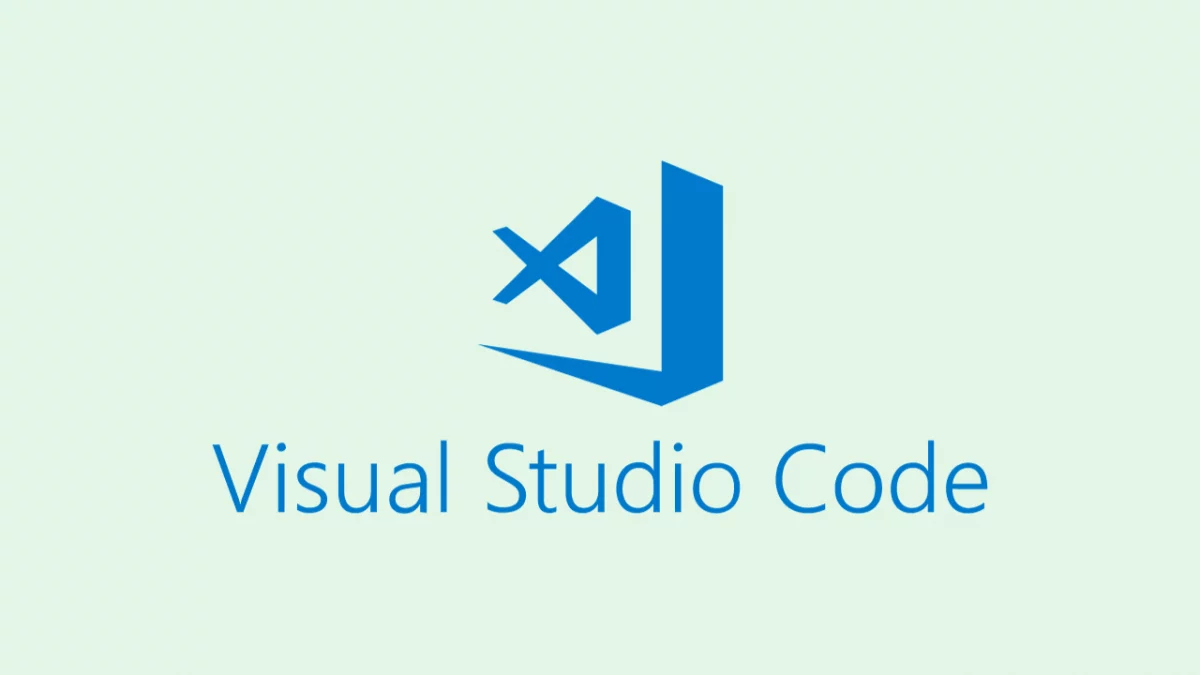
Major important and most popular JavaScript tool is IDE (Integrated Development Environment), which provides programming tools under a single user interface. IDEs boost programmer productivity by merging common software development tasks such as editing source code, creating executables, and debugging into a single application.
IDEs are especially useful in large work environments because they allow multiple people to work on the same project at the same time. JavaScript IDE allows developers to write, edit, code, and run projects from a web browser.
Some of the best IDEs for JavaScript are:
For anyone who’s new to JavaScript or is learning it, must have a look at the JavaScript roadmap specially designed for beginners.
6. Version Control Systems
These are systems that track changes to your files over time, enabling you to save, restore, compare, and collaborate on your code. This system helps you document your JavaScript library by keeping a history of your code, comments, commits, branches, tags, and releases.
While not specific to front-end development, version control systems like Git and GitHub are crucial for managing code collaboration, tracking changes, and ensuring code stability.
Conclusion
These most popular JavaScript front-end tools collectively empower web developers to create modern, responsive, and feature-rich user interfaces and web applications that meet the demands of today’s digital landscape. Choosing the right combination of tools depends on the project’s requirements, development team preferences, and the specific goals of the application.
We also have this self-paced JavaScript course by GUVI, which covers beginner, intermediate, and advanced concepts at a very affordable price for any beginner who wants to understand JavaScript in a better way.
Now you can kickstart your Full Stack Development journey by enrolling in GUVI’s certified Full Stack Development Career Program with Placement Assistance where you will master the MERN stack (MongoDB, Express.js, React, Node.js) and build interesting real-life projects. This program is crafted by our team of experts to help you upskill and assist you in placements.
FAQs
For beginners, Vue.js is an excellent choice due to its simple and intuitive syntax. It offers a gentle learning curve while still providing the power needed for building modern web applications.
React and Angular are both strong contenders for large-scale applications. React’s component-based architecture and virtual DOM excel in handling complex UIs, while Angular provides a comprehensive structure for managing large codebases.
Yes, Svelte and Mithril are known for their focus on performance optimization. Svelte compiles components for maximum efficiency during build time, while Mithril is designed to be lightweight and fast, making it ideal for high-performance applications.






















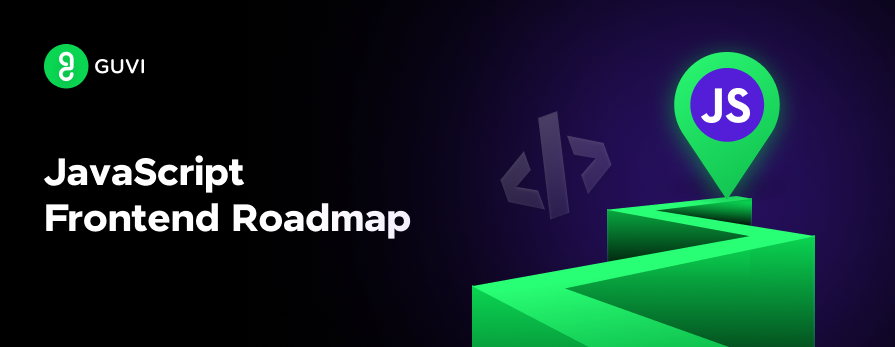


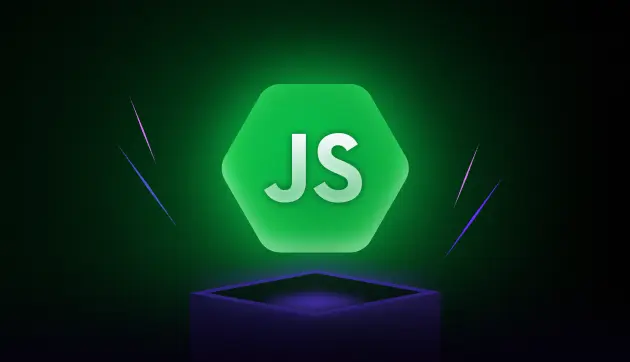

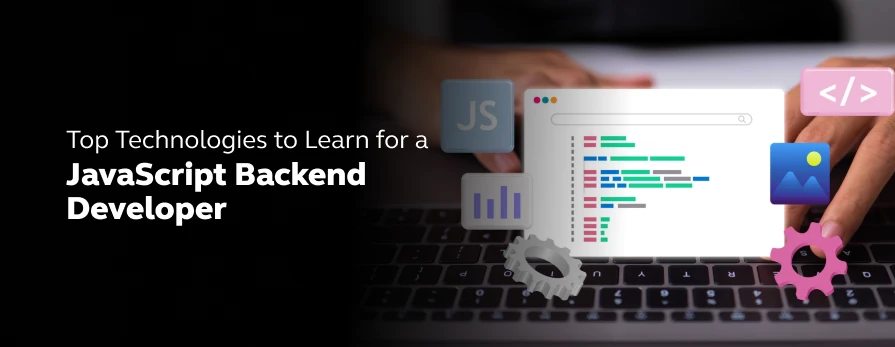

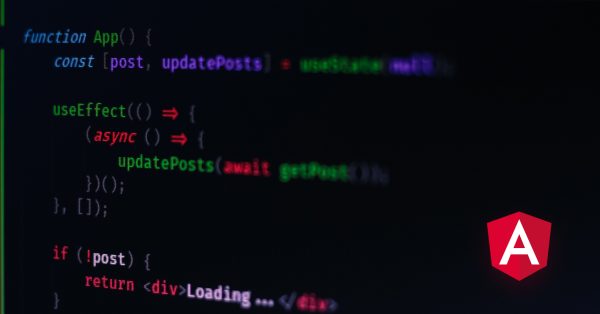

Did you enjoy this article?